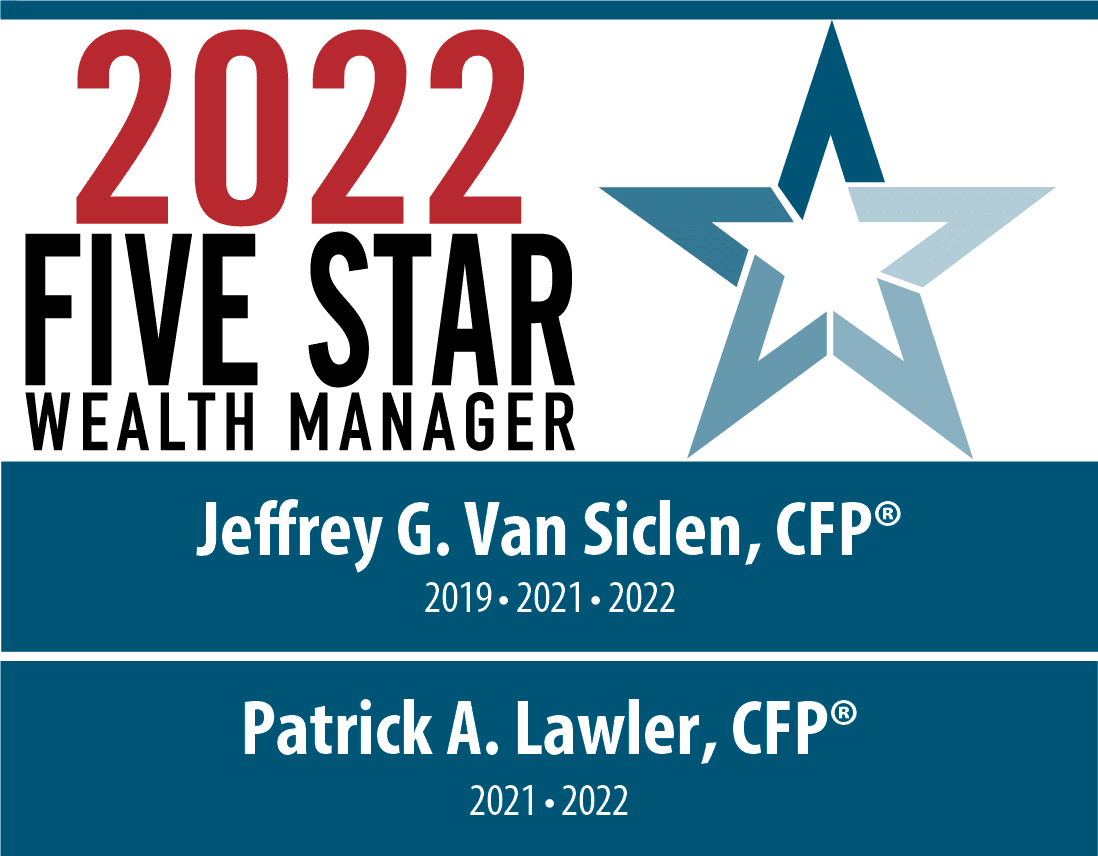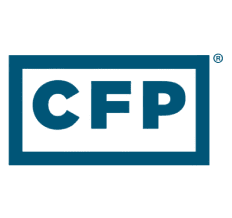Unleashing the Potential of your 401k Plan
Jul 15, 2021
According to the Pension Rights Center, 55% of workers are participants in a workplace retirement account. Chances are you’re investing in your company’s 401k plan either due to personal intent or auto-enrollment upon hire. You’ve been accumulating and savings for years and either you are not entirely sure what you’re invested and vow to ‘get to it later’ when you have more time, or perhaps you know what you’re invested in and realize this 401k is too restrictive. As companies grow in size and attempt to keep up with the increasing compliance demands and ERISA guidelines, many 401k plan participants have seen their investment options decrease in size with a dramatic shift towards target-date or retirement date funds, all while average 401k balances are increasing.
There is an underutilized option that many plans offer that could be just the right solution for you; ‘self-directed brokerage account’ (SDBA) or ‘personal choice retirement account’ (PCRA). SDBA and PCRA are interchangeable terms residing within some employer-sponsored retirement plans and that let individuals invest in a wider range of investments than the more restrictive traditional 401k alternative. The rules governing the options and guidelines of each plan are ultimately in the hands of the employer and differ from plan to plan. The SDBA/PCRA is designed to help investors in three ways: increased diversification, additional flexibility, and the option of professional guidance in managing their retirement savings.
Diversification
Diversification (not putting all your eggs in one basket), is arguably the central value of the SDBA/PCRA plans. While most 401k plans only offer between 10-20 investment options, comprised of target date funds the PCRA provides an investor thousands of funds to choose from. Often times if an individual is pursuing full diversification in a customized platform a 401k plan will fall short. This could result in missing out on full market upside potential or, for soon-to-be retirees, a lack of protection against future market uncertainties.
Flexibility
Additional flexibility delivers investors the ability to invest in more mutual funds, exchange-traded funds (ETF’s), stocks, or bonds (depending on plan restrictions). Regardless of whether or not your SDBA/PCRA plan allows for ETF’s, stocks or bonds, there is still a significant opportunity for increased mutual fund options. Investors can freely choose what percentage of their balance to allocate to the PCRA vs. the traditional 401k funds. Additionally, they can direct what percentage of their future contributions will go towards PCRA or the traditional 401k.
Contrary to what many think, companies and employers are restricted from offering 401k advice. Therefore, with a PCRA/SDBA plan employees have the advantage of working with a financial advisor for customized and professional advice. Among those utilizing the SDBA/PCRA plans, “only 20% of the participants worked with an advisor, according Charles Schwab’s SDBA Indicators Report for the second quarter of 2019. The study found that the SDBA participants who worked with an advisor had an average balance of $448,515 – nearly twice as much as the $234,673 held by non-advised participants.” Essentially, employees with the largest balances are not only participating in the PCRA plans but doing so with the help of a financial professional, to provide custom direction, education and support. Many 401k plans only change their fund options once a year. Having a professional team manage your plan can help to ensure your wealth portfolio stays up to date with the ever-changing economic climate.
As companies grow in headcount and 401k balances are increasing, employers are combating increased compliance demands and inability to provide customized guidance causing them to provide more simplistic fund options at the expense of the employee. By taking advantage of your 401k’s potential and unleashing the PCRA/SDBA capabilities, many find themselves in a more comfortable state today and in the future.
If your employer offers a PCRA/SDBA, or you’re not sure if you have the option reach out to a member of our team for help!
Sources
*Disclaimer:
Purshe Kaplan Sterling Investments and Fortis Capital Advisors, LLC dba LRVS Advisory Group are not affiliated companies. This article is provided by Fortis Capital Advisors, LLC dba LRVS (for informational purposes only. Investing involves the risk of loss and investors should be prepared to bear potential losses. Past performance may not be indicative of future results and may have been impacted by events and economic conditions that will not prevail in the future. No portion of this article is to be construed as a solicitation to buy or sell a security or the provision of personalized investment, tax or legal advice. Certain information contained in this report is derived from sources that Fortis Capital Advisors believes to be reliable; however, the Firm does not guarantee the accuracy or timeliness of such information and assumes no liability for any resulting damages.







